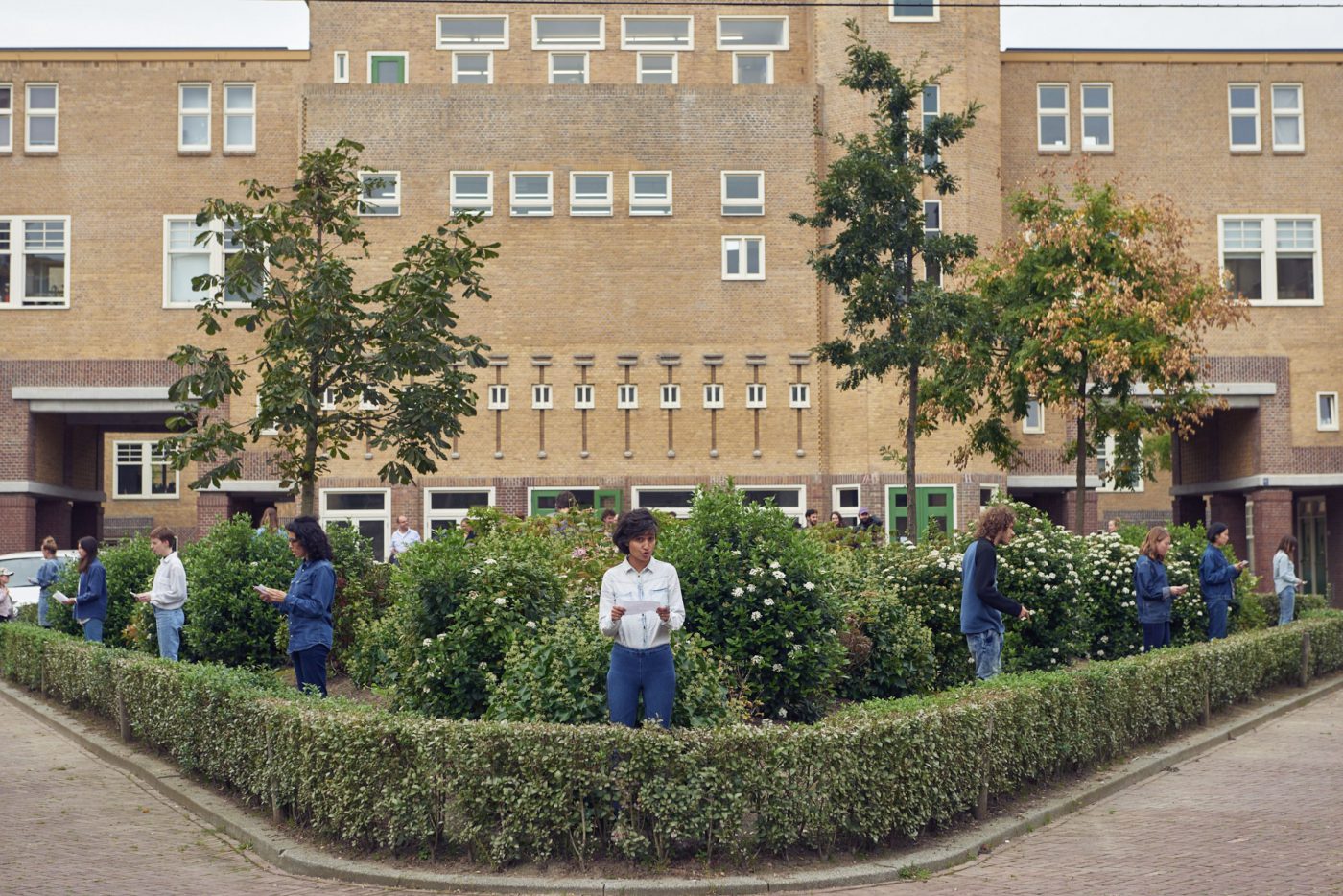
Who is María Zambrano?
The exhibition Delirium & Destiny at A Tale of a Tub in Rotterdam brings together artists, poets and philosophers to consider the manifold ways in which María Zambrano’s concept of the dream and poetic reason offer the potential for politically engaging in everyday life during periods of turmoil and polarization.
María Zambrano (1904-1991), a Spanish philosopher and political writer, was born in Vélez-Málaga in 1904. Not unlike many civil war / Franco’s dissidents who opposed the country’s civil war, she lived a great part of her adult life in countries including France, Cuba, Puerto Rico, Italy, and Switzerland. Exile became an unavoidable, if not central part of her writing and although it caused great pain, it provided a unique perspective for her thinking, one that is rooted in connecting the personal to the political, thus linking the individual to the socio-political. After the death of Franco, she returned to Madrid in 1984, where she died in 1991. As one of the most prominent thinkers of this period, her feminist writing on philosophy, politics, and collectivity offer unique insights into an important period of political turmoil. The work of Zambrano is, however, largely unfamiliar to an English speaking audience due to the impossible task of distilling her layered ideologies into the Anglo-Saxon language, even though numerous translations appear in Italian and French. Another contributing factor for this is the wider underrepresentation of women in philosophy.
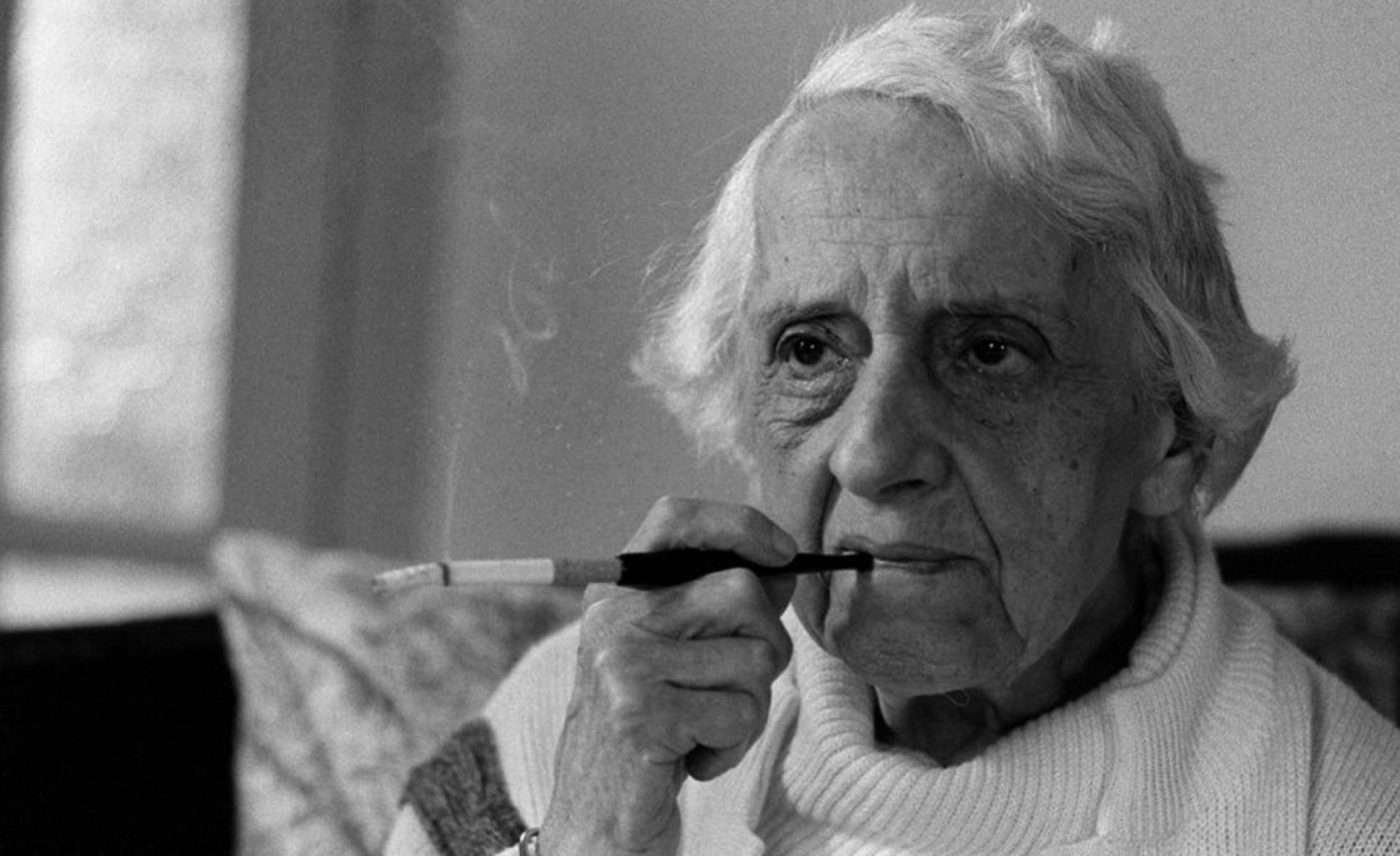
María Zambrano en 1984. RAÚL CANCIO
Two decades after her death, an exhibition titled Delirium & Destiny, named after Zambrano’s autobiographical work, is on view at A Tale of a Tub in Rotterdam, making a case for the importance of the Spanish philosopher’s influential concepts of the dream and poetic reason. It is a collaboration of Suzanne Wallinga (co-founder & director A Tale of a Tub) and guest curator, Eloise Sweetman.
Zambrano considered dreams as ‘not the rehearsal of past we have already lived, […] but an opportunity to fashion the future’[1], whilst poetic reason ‘is an attempt to reconcile life and theory, to bring the theory sufficiently close to life but without suffocating it. It is an attempt to resolve the constant tension between theory and life, between universality and experience which we find in the literature of exile.’[2] Philosophical thought then becomes a way to remember, to be consequential, so that history does not cease to exist if it is presented in a distorted manner.
The exhibition draws on Zambrano’s concepts to show how one might engage politically in everyday life in moments of crisis, and to allow for new rationalities that relate to our passions, emotions and feelings. In her seminal work, Delirium and Destiny, as Roberta Johnson highlights, the autobiographical, philosophical and historical entwine so that ‘Zambrano’s own life, and life as a philosophical category, exist in a specific socio-political situation through numerous references to historical figures and events.’[3]
Who is María Zambrano? And how might her concept of the dream and poetic reason be applied to contemporary art on view at A Tale of a Tub? The late Italian literary critic, Maria Mercede Ligozzi, posits Zambrano’s writing as an emergence of an ‘identity of philosophy and life where thinking is – in point of fact – rooted in existential experience. Birth, life and dreams all interweave with the political experience the author made during the years of her youth and education, during her exile, and they all find expression in a polyphonic-melodic language where the ego is always ‘‘other’’.’[4]
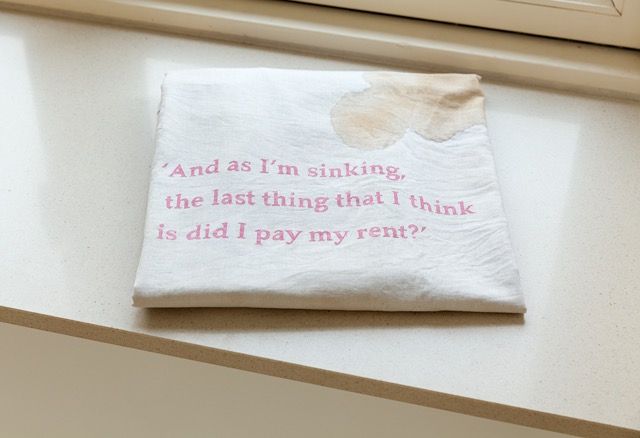
It is at this point of rupture between the realms of the real and unreal, particularly in relation to these artworks on display and how they embody how one is to engage politically with the everyday, thus allowing for a diversity of thoughts, voices and perspectives. Here, the exhibition looks outwards and is not fixed to the confines of the gallery space through solely showing artworks connected to its central theme, but through talks, readings, dream workshops, screenings and performances it manifests as a potential guarantor for giving visibility to what might be forgotten or unknown. It becomes a site where varied perspectives by artists, poets, philosophers, and the audiences converge, with artworks displayed in in-between spaces including the skywalk, gardens, stairwells and windowsills, and in a few of the private apartments of the Modernist housing complex, Justus van Effencomplex. Artists exhibited include K.r.m. Mooney, Nicoline Timmer, Sofia Caesar, Tamar Guimarães & Kasper Akhøj, Basma Alsharif, Himali Singh Soin & David Soin Tappeser and Mia You, among others.
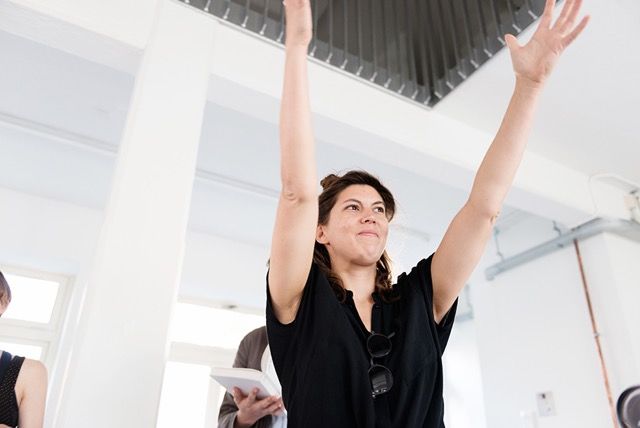

On the windowsill of the main space is one of Lebanese-American artist Etel Adnan’s sketchbooks, Trees (2012) which she began as a rejection of the imposed French language in Algeria, and also as a way to paint in an Arabic visual language.
In close proximity to Adnan, are a set of paintings of domestic scenes by Hong Kong–born, multimedia artist Lee Kit. I’ve lost that loving feeling (2017) spreads beyond the gallery and into a few apartments of the Justus van Effencomplex, where it is largely left to the homeowner whether or not to allow visitors to experience the paintings Kit created after a visit to each of their homes. Kit’s site-specific interventions search for links between privacy, generosity and shared solitude, with each home possessing its own field recording or soundtrack. In this way, his works moves between his own domestic space and that of the residents.
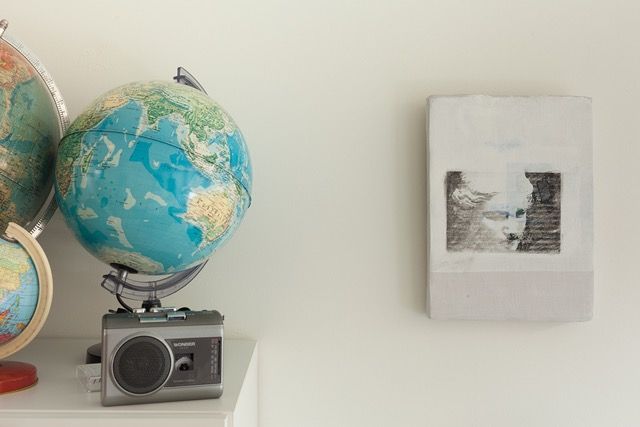
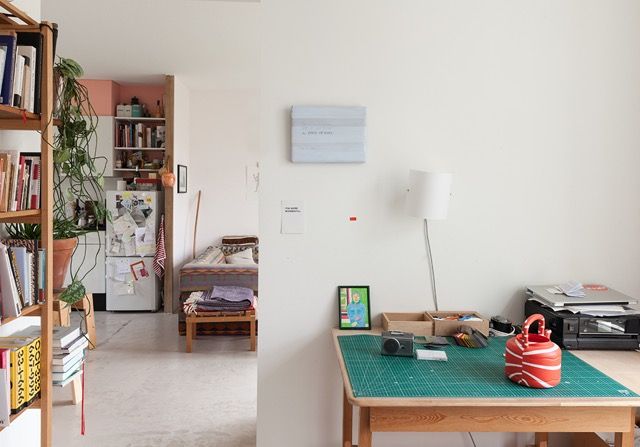
The exhibition’s centrepiece is the filmic-installation Dilbar (2014) by Apitchatpong Weerasetakul & Chai Siris. It is located on the mezzanine level of the gallery. The film shows the life of a city builder living and working in the Unite Arab Emirate, a country with over a million Bangladeshi working mostly in construction. The viewer follows the main character’s journeying to and from the building site of Sharjah Art Foundation, but presents a sleep-like existence that allows him to transcend his everyday reality and turns him into an otherworldly life source that nourishes nature and buildings. Dilbar is more of a cinematographic essay – less a presentation or illustration of documentary material, but more of a commentary on the process of presenting realities belonging someone else.
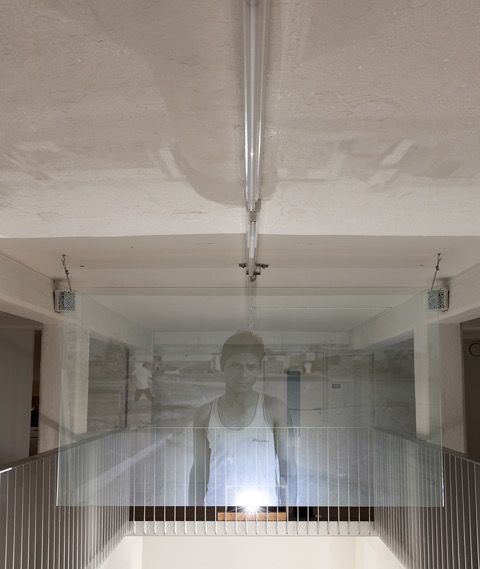
Zambrano’s work reflects on living in the imaginary, political and ethical. It is an invitation to act as an effective force that allows us all to become ethical agents for change. She calls for a revelation of the history of what has been repressed, a distrust for the history of the century, and raises in her works, the subjective view of history and memory. Delirium & Destiny demonstrates Zambrano’s philosophy that intellect and artistic products can become weapons to change the world, and to do so, art has the ability to transcend everyday clichés and concepts of lives, particularly the concept of men and women living in constant conflict and uncertain times.
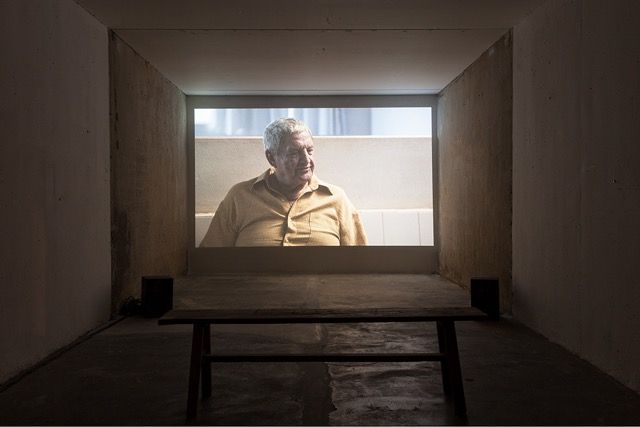
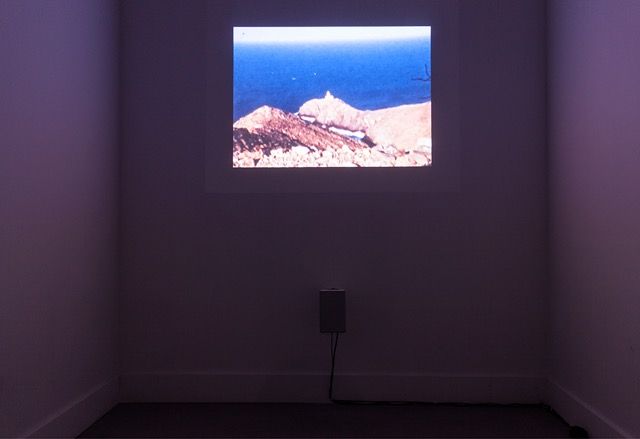
Delirium & Destiny is result of the collaboration of Suzanne Wallinga (co-founder & director A Tale of a Tub) and guest curator Eloise Sweetman that traverses through the Justus van Effen complex in Rotterdam. The Finissage & Performance: Doppelgänging by Basma Alsharif will take place on 5.11.2017 from 6-8pm.
[1] Introduction to Delirium and Destiny (states of visionary intimacy) exhibition text, courtesy A Tale of a Tub.
[2] Patricia Palomar Galdón, ‘María Zambrano: A Woman, A Republican and Philosopher in Exile’, Journal of Education Culture and Society, No. 2, 2013, DOI: 10.15503/jecs20132-59-70, p.61.
[3] Johnson, R (1999). ‘The Context and Achievement of Delirium and Destiny’. In: Delirium and Destiny. A Spaniard in her Twenties. State University of New York Press, Albany, p.218.
[4] Ligozzi M.M. (2006) The “Person” and the “Other” in María Zambrano’s Philosophical Anthropology in Tymieniecka AT. (eds), Logos of Phenomenology and Phenomenology of the Logos Book Two, Analecta Husserliana (The Yearbook of Phenomenological Research), vol. 89, Springer, Dordrecht, p.197.
Jareh Das
is a writer and curator now living in Rotterdam and have written on art, fashion, music and culture


